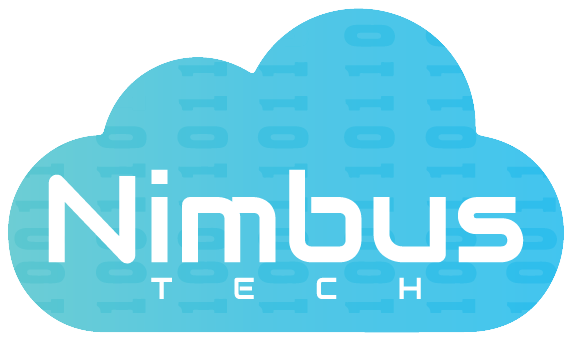Across industries, there’s a growing interest in Artificial Intelligence, Machine Learning, and Agentic technologies. Nearly every organization is exploring how these tools can enhance performance, efficiency, and decision-making. Yet, many don’t know where to begin? Some companies dive in with enthusiasm, only to realize they selected the wrong use cases, failing to link AI initiatives to clear business value. Others delay progress, overwhelmed by the assumption that deep academic expertise or advanced mathematical understanding is required.
Based on my early experience in leading AI‑powered technology transformations, I’ve found that the most successful AI/ML journeys begin with pragmatic thinking and small, purposeful experiments. Organizations should approach AI adoption by addressing specific business challenges with focused pilots.
Academic resources often make AI/ML sound out of reach. Years ago, I too was drawn to theory-heavy material but later realized that tangible impact comes from hands-on application and iterations.
To ensure measurable outcomes from your AI/ML journey, I recommend the following approach:
- Begin by mapping operational challenges and inefficiencies, particularly in areas where sufficient data already exists to support meaningful analysis
- Evaluate and prioritize AI/ML use cases based on their potential to deliver tangible outcomes; such as cost optimization, enhanced customer engagement, or accelerated decision cycles
- Design focused pilot projects with clear objectives, using readily available tools and platforms to validate business value before committing to broader deployment
- Invest in capability building by enabling your teams to learn through structured, hands-on projects with real business scenarios and foster practical skill developmen
What makes AI adoption promising is its scalability, one can start small and grow iteratively. However, many organizations struggle with this shift in mindset, having been accustomed to large scale implementations like ERP and CRM Solutions.
Don’t overthink innovation and wait for the perfect moment; start where you are and keep refining to build something meaningful with AI.

